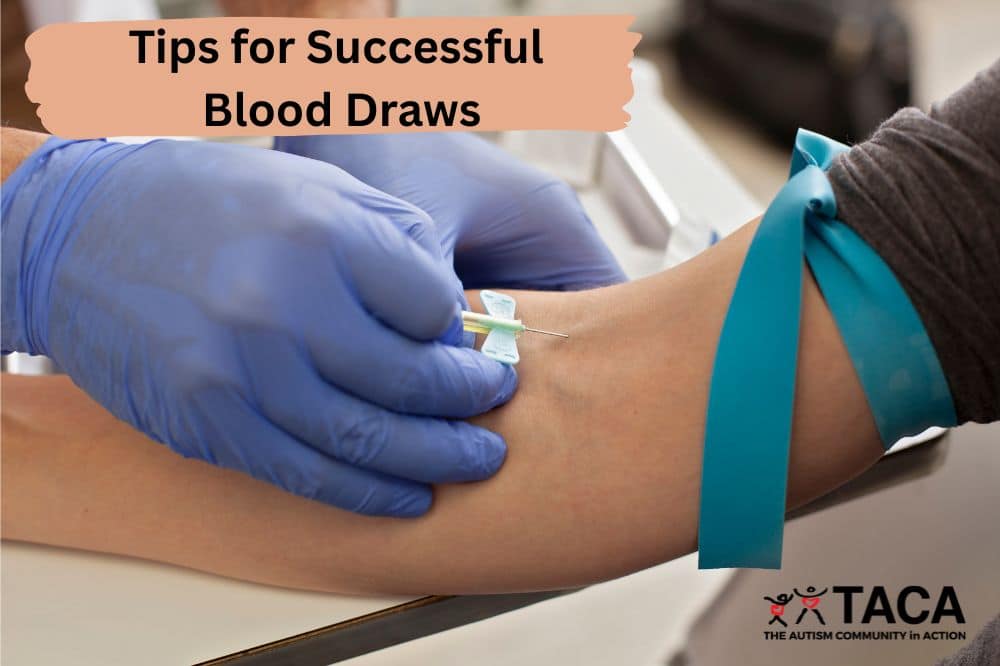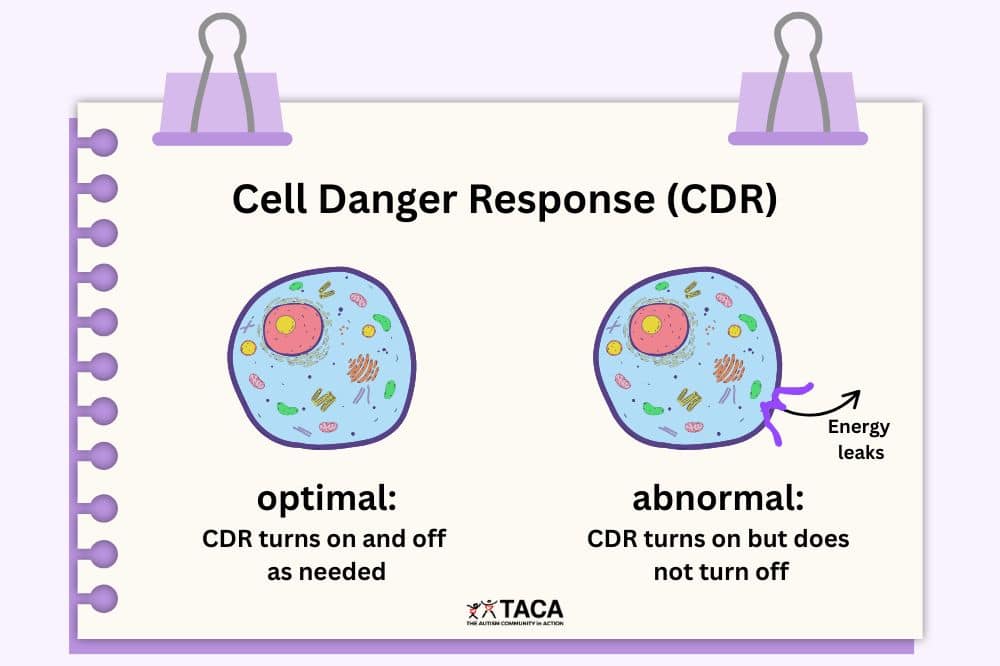GFCFSF Diet on a Budget
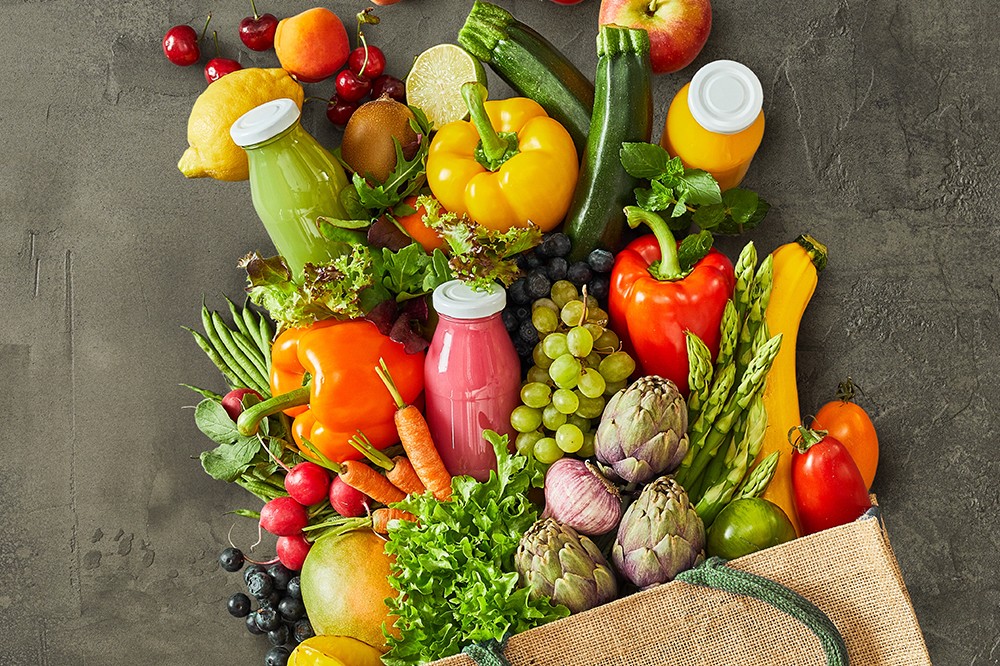
All contents of this resource were created for informational purposes only and are not intended to be a substitute for professional advice, diagnosis, or treatment. Always seek the advice of your physician, therapist, or other qualified health providers with any questions or concerns you may have.
Feeding your family a GFCFSF diet on a budget involves using the same basic strategies you would typically use to reduce your family’s food costs. In this article, you will find some tried-and-true tips for implementing a healthy, gluten-free, casein-free, soy-free diet that is budget-friendly.
Plan Your Menu
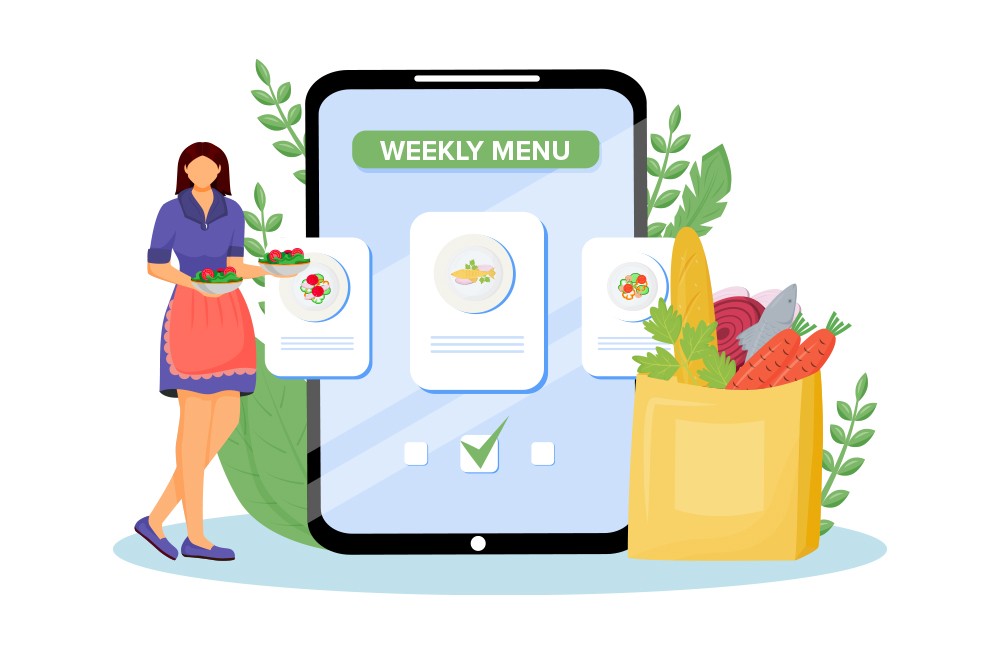
The first tip for eating a GFCFSF diet on a budget is to plan your menu. Planning a menu will save you money and time.
- Purposefully planning meals saves money because it helps you purchase the correct amount of ingredients for the week.
- Therefore, set aside 30 minutes each week to plan meals and make a shopping list.
- Also, don’t forget about leftovers! In addition to an easy dinner for another night, leftovers make great lunches.
- If you have a picky eater, cycle menus every 2-4 weeks to ensure that your child gets to eat their preferred foods. Also, this allows you to strategically (and slowly) incorporate new foods into their diet.
Skip Specialty Stores
Specialty health food stores often charge more. Therefore, to save money, be sure to check Costco, Aldi, Trader Joe’s, Amazon, and your local grocery store chain to see if they offer organic and allergy-friendly varieties of the items on your list for a better price.
- You can compare prices for items on your list before going to the store through grocery shopping apps like Basket, Flipp, or Grocery King.
Stick to Your Grocery List
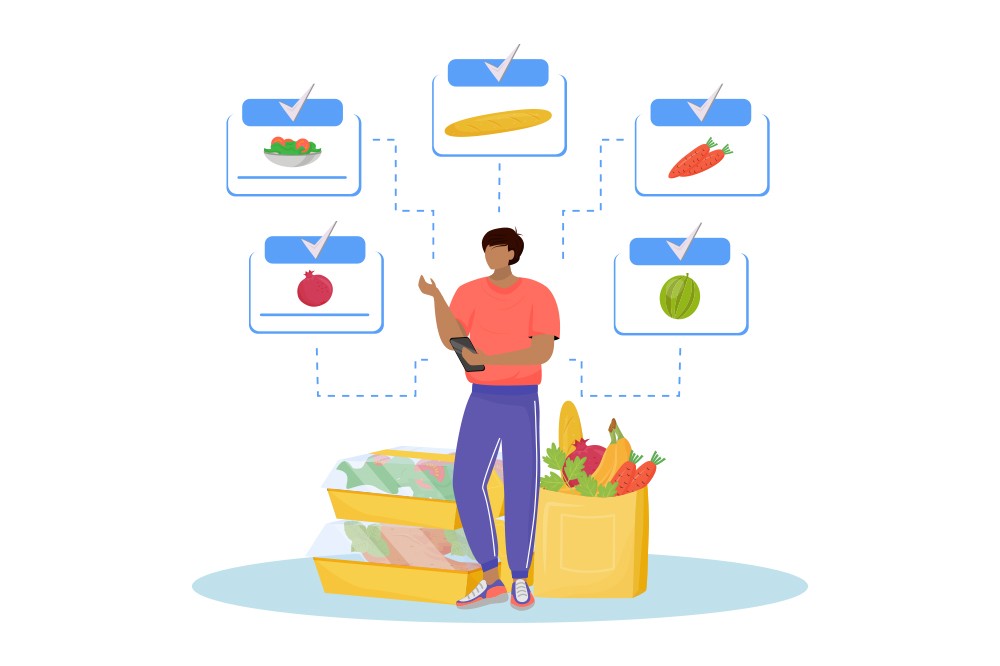
Once you’ve made your list, stick to it! It’s easy to get distracted or tempted at the grocery store. However, sticking to your grocery list is critical for successfully adhering to your budget on any diet.
Tips to avoid impulsive purchases:
- Eat before you shop – Don’t go to the grocery store hungry!
- Shop without kids (especially if they have meltdowns when they are told something they want is not on the list).
- Last but not least, order groceries online for curbside pickup. Some stores offer this service at no additional charge.
Shop the Perimeter of the Store
Another diet-friendly budget tip is to shop the store’s perimeter for foods that are naturally free of gluten, dairy, and soy.
- Items such as potatoes, rice, and beans are very budget-friendly sources of starches.
- However, be mindful of packaged items from facilities that also package products containing gluten, especially if they use shared equipment.
- And, by all means, don’t forget the nutrient-dense fruits, vegetables, and meats!
Have the School Provide a GFCFSF Lunch for Your Child
Federal law requires public schools to provide allergen-free foods through the cafeteria service, at no additional cost, to children whose disability restricts their diet. With the ADA’s expanded definition of disability, most physical and mental impairments now constitute a disability.
This means that children on the autism spectrum who are on special diets due to sensory issues, food allergies, or food sensitivities qualify for meal modifications and accommodations at public schools.
Learn more by reading Must Schools Provide Meal Modifications for Students on Special Diets?
Pass on Prepared and Pre-Packaged Foods
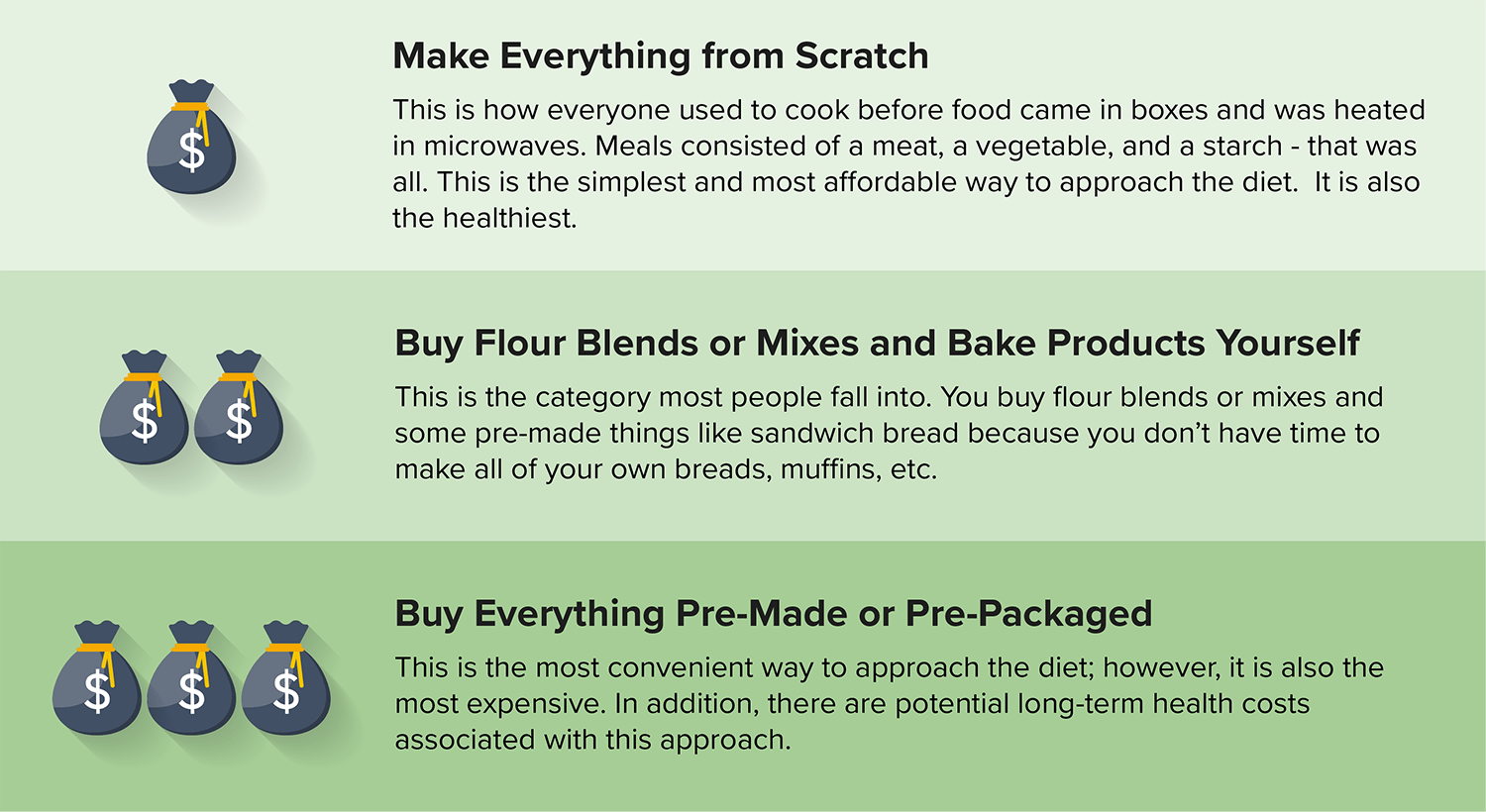
Prepared foods are expensive. As a result, the more food you cook from scratch, the more money you will save.
Besides, pre-packaged foods are usually full of preservatives and “junk” that our bodies don’t need. They offer little nutritional value and are usually more expensive. Therefore, you can save money now and on future healthcare costs by skipping the junk food and sticking to whole foods.
Shop Sales and Collect Coupons
Stock up on items when they are on sale and check vendor websites for coupons for your favorite allergy-friendly foods.
When collecting coupons, be sure to:
- Avoid processed, junk foods.
- Only stock up and use coupons for items on your list or that you know your family will consume. Remember, using a coupon to purchase an item that will not be consumed is not saving money.
Buy in Bulk
Bulk buy products are often cheaper.
- Beans, rice, and many gluten-free grains can often be purchased online or in stores for lower prices.
- You can also buy meat in bulk. Simply freeze it and defrost it when you’re ready to cook it.
- On the other hand, it is best to avoid purchasing items from the bulk bins at grocery stores as they are often a source of cross-contact.
Pick the Right Price
Store brand items and items sold in bulk aren’t always the better deal. Therefore, understanding which price on an item’s price tag to pay attention to will help you save money.
Shelf price tags display two prices:
- Retail or Shelf Price: the total price you pay at the register for each item.
- Unit price: how much each item costs per pound, ounce, quart, etc.
You can save money when you compare the cost of the same food in different sized containers with other brands. Do this by dividing the shelf price by its weight or volume. For example, see the graphic below.
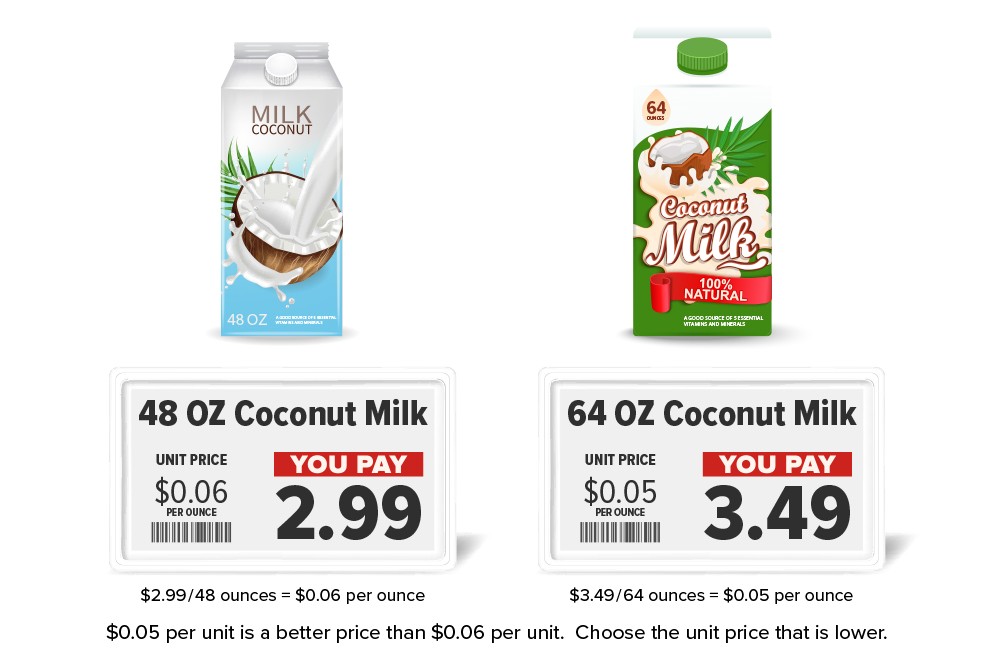
Become Friends With Your Freezer
Your freezer is a great tool when it comes to maintaining the diet on a budget.
- Stock up on items when they are on sale or in season and freeze items that you don’t immediately need for use later on.
- Check the frozen section for better deals on frozen fruit, vegetables, and meats.
- Frozen fruits and vegetables are an excellent choice because they are harvested and frozen at the peak of ripeness when they are most nutrient-dense.
Know When to Buy Organic Vs. Conventional

Another budget-friendly diet tip: when purchasing organic items, spend the extra money where it counts.
- Produce
- Become familiar with the Environmental Working Group’s Dirty Dozen and Clean 15 lists:
- Dirty Dozen: items on this list contain the most pesticides, so you may want to consider spending the extra money on organic varieties of these items.
- Clean 15: items on this list contain the least amount of pesticides. This means that it’s safer to purchase conventional varieties of these produce items.
- Become familiar with the Environmental Working Group’s Dirty Dozen and Clean 15 lists:
- Meat
- Purchase organic meat to avoid hormones, antibiotics, and meat from animals fed with grain treated by pesticides.
Co-Ops and Farmer’s Markets
Check farmer’s market, local co-ops, and organic box delivery programs in your area to see if their prices are better than what you find at the supermarket. Do a little research to help ensure that what they’re offering you is genuinely organic.
Buy in Season
Another tip for doing the diet on a budget is to buy produce when it is in season. Produce is cheaper when it’s in season because it’s more abundant and doesn’t have to be shipped as far. Additionally, produce that is in season tastes better and is at its peak nutrient level.
Grow Your Own Food

If you have space and time, grow your own food. Not only is it cost-effective, but it’s a great way to ensure that it’s grown without any pesticides or chemicals. Plus, eating food shortly after it has been picked ensures you consume it’s maximum amount of nutrients.
Bonus: If you can get your kids involved in growing their own food, they are more likely to eat it
Conclusion
There are many ways to save money when eating a healthy GFCFSF diet. These include planning your meals and making wise decisions at the grocery store. Shop the perimeter of the store for delicious, whole, nutrient-dense foods. Avoiding pre-packed and processed foods not only will you save money now, but later on down the line in future healthcare costs.
We hope you found these tips for eating a GFCFSF diet on a budget helpful.


